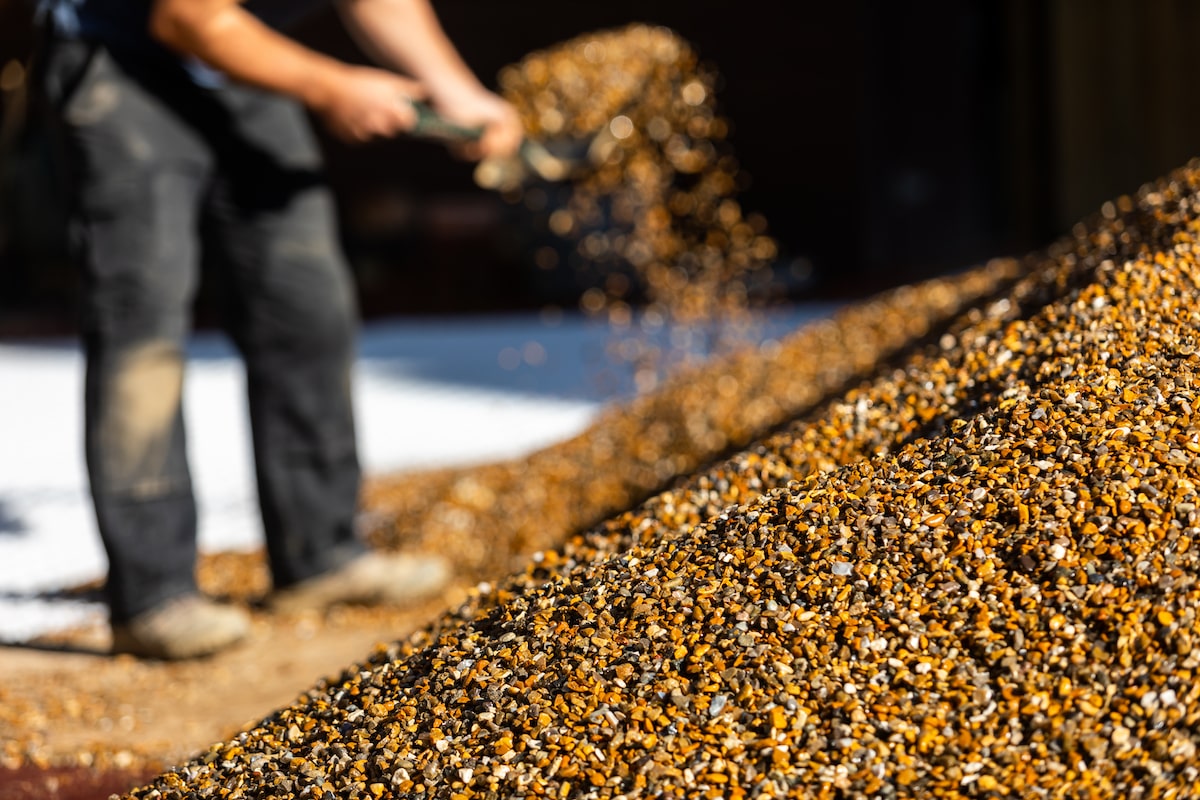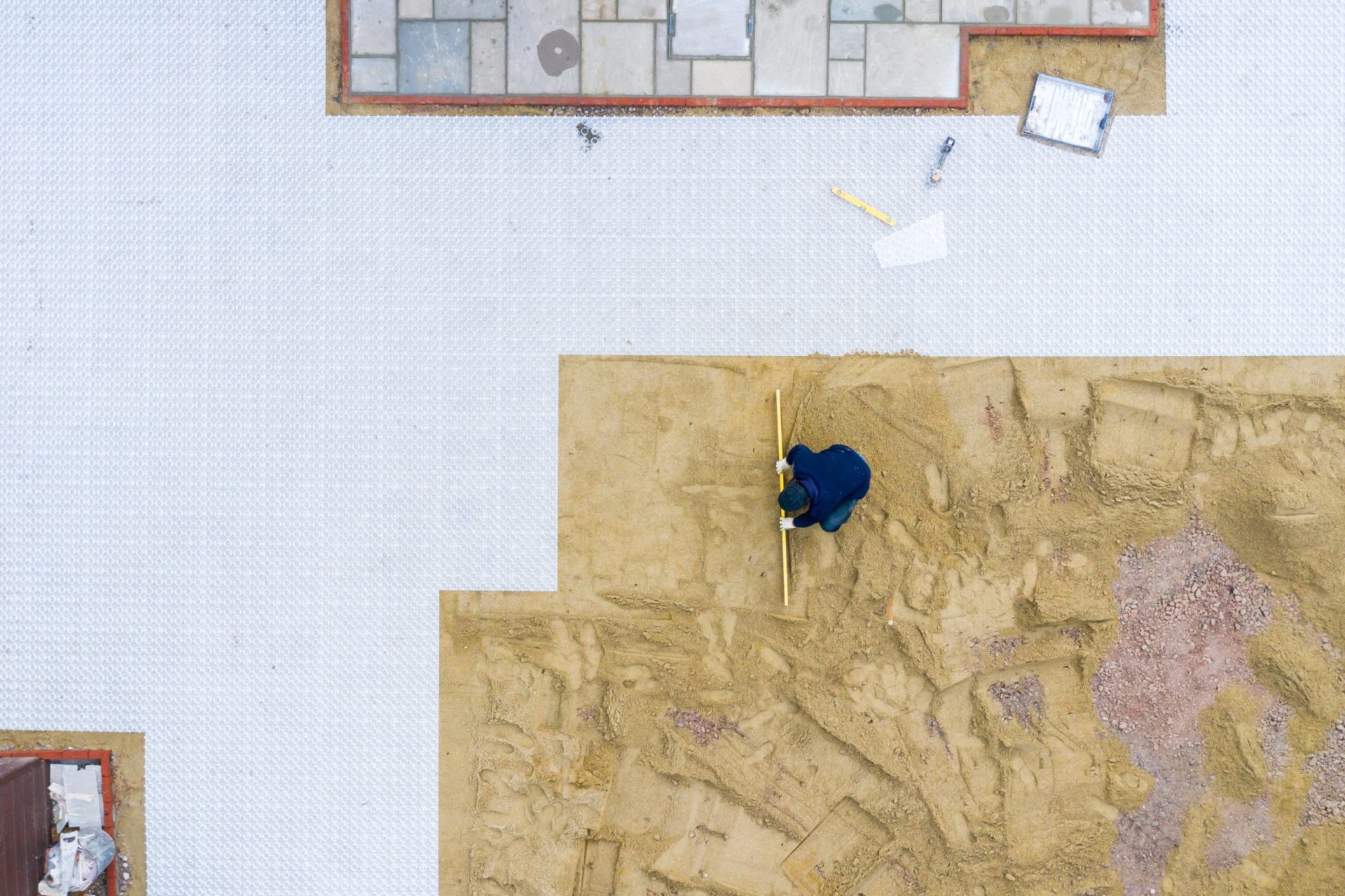There are dozens of different ways to lay a driveway. You may want to pave it, tarmac it, or gravel it. And there are multiple different ways to approach each medium. But if gravel is your preference – and it frequently is, thanks to the over all cost and drainage capabilities – one of the main decisions you’ll have to make is whether or not to use grids, such as Gravelrings. Let’s have a look at the pros and cons of each approach.
The Pros and Cons of Driveway Grids vs. Traditional Driveways
The process
Traditional gravel driveways
To lay a traditional gravel driveway, you need to excavate the relevant area and lay a sub-base – typically MOT Type 1 aggregate. You would then add a weed membrane and top with your chosen gravel.
Gravel grids driveways
The process for laying a driveway using gravel grids is broadly similar to the traditional method. The major difference is that you have to excavate slightly deeper. Then, before you lay your gravel, you put your gravel grid system in place.
The cost
The initial cost of laying a driveway with gravel grids will be more expensive than without. However, because gravel grids retain gravel, you don’t have to replenish it. Which can save you considerable cost and effort over time. Gravel grids also prevent potholing and ridges from forming, which can save you maintenance costs. And help to prevent your gravel from being subsumed into the surface beneath.
The effort
Again, although the process of laying Gravelrings is simple, it does require a little more time and effort when you’re dealing with installation. Particularly if you choose gravel grids that you have to cut into shape. However, because the gravel grids prevent gravel migration and protect against problems such as ridging, they can save you effort in the longer term.
Safety
Gravel grids can create a firmer, flatter surface than gravel alone. For a lot of people, that’s not something they need to worry about. But for people with mobility issues, it can be a genuine concern. Traditional gravel driveways can be really difficult to navigate with a wheelchair. And if you have knee, hip, or back problems, the flatter the surface the better.
Performance
If not properly fitted or used inappropriately – with too heavy vehicles – some gravel grids can buckle. Or lift. So, it’s really important that you choose a suitable product for your needs. However, the same can be said of traditional gravel driveways. When used repeatedly, particularly in wet weather, traditional driveways will ridge, pothole, and puddle.
Durability
With proper installation, Gravelgrids can last up to 25 years. An occasional gravel top up may be required. A traditional gravel driveway will have to be re-gravelled roughly every two to three years. Depending on your location and use, you’ll also have to smooth the sub-base roughly every five to six years.
There are pros and cons to each driveway format. And there’s no denying that the use of gravel grid is more expensive and time-consuming in the first instance. However, if you’re looking to save money overall, and dramatically reduce your driveway maintenance, Gravelrings or other gravel grids are usually the best solution.
Are you looking for driveway solutions? Explore Beauxfort’s landscape systems.



